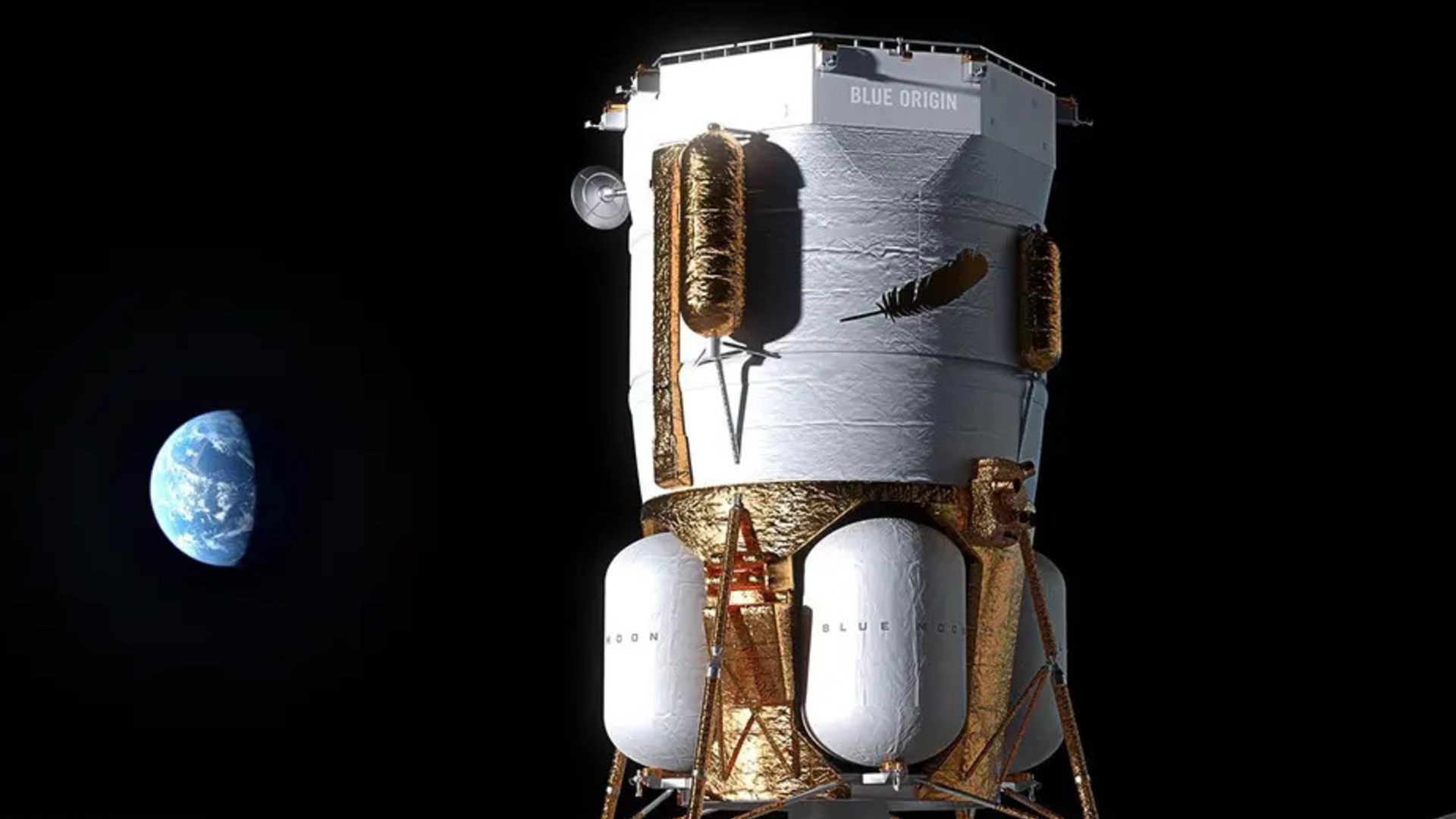US Navy Launches Next-Generation Military Communications Satellite

A huge satellite blasted off Tuesday night (Jan. 20) in a dazzling launch for a mission to help improve the U.S. military's tactical communications capabilities.
The U.S. Navy's Mobile User Objective System-3 satellite, or MUOS-3, streaked into orbit during a spectacular night launch of an Atlas V rocket from Florida's Cape Canaveral Air Force Station at 8:04 p.m. EST (0104 GMT on Jan. 21). MUOS-3 will eventually maneuver to geosynchronous orbit, about 22,000 miles (35,400 kilometers) above Earth.
As its name suggests, the 7.5-ton (6,800 kilograms) MUOS-3 is the third Mobile User Objective System spacecraft to reach orbit. MUOS-1 and MUOS-2 launched in February 2012 and July 2013, respectively, also atop Atlas V rockets. The satellite was built for the U.S. military by Lockheed Martin. The United Launch Alliance, a joint project by Lockheed and Boeing, provided the Atlas V.
The five-satellite MUOS constellation will be complete after two additional launches, one likely coming later this year and another in 2016, Navy officials said. Four spacecraft are core elements, while the fifth is considered an obiting spare.
"This MUOS-3 launch is another major milestone to achieving the next generation of global tactical satellite communications capability for the Department of Defense," Navy Capt. Joe Kan, MUOS program manager said in a statement.
The MUOS constellation is designed to work like a cellphone network in space. It should provide a big upgrade in secure, high-speed communications for U.S. troops on the move around the world, Navy officials said.
"Unlike its predecessor system, MUOS provides users a global, on-demand, beyond-line-of-sight capability to transmit and receive high-quality voice and mission data using a high-speed Internet Protocol-based system," Navy officials wrote in the statement.
Breaking space news, the latest updates on rocket launches, skywatching events and more!
The MUOS system, which also includes four ground stations, will ultimately replace the military's Ultra High Frequency Follow-On network. When it's up and running, MUOS should provide 16 times the communications capacity of the old system, said Lockheed Martin representatives.
Last month, Kan said the Navy aims to achieve full MUOS system operations by 2016.
"Right now we need to ensure the system works end-to-end," MUOS technical director Jim Parsons said in the Navy statement. "We're in the process of doing that by connecting an Army radio program, an Army waveform development program, our Navy satellites and ground system and DoD teleports to ensure that all elements work together as designed."
Tuesday's liftoff was United Launch Alliance's first of 2015, as well as the 200th ever to use the Atlas-Centaur system, which consists of an Atlas booster and a Centaur upper stage.
Follow Mike Wall on Twitter @michaeldwall and Google+. Follow us @Spacedotcom, Facebook or Google+. Originally published on Space.com.

Michael Wall is a Senior Space Writer with Space.com and joined the team in 2010. He primarily covers exoplanets, spaceflight and military space, but has been known to dabble in the space art beat. His book about the search for alien life, "Out There," was published on Nov. 13, 2018. Before becoming a science writer, Michael worked as a herpetologist and wildlife biologist. He has a Ph.D. in evolutionary biology from the University of Sydney, Australia, a bachelor's degree from the University of Arizona, and a graduate certificate in science writing from the University of California, Santa Cruz. To find out what his latest project is, you can follow Michael on Twitter.



